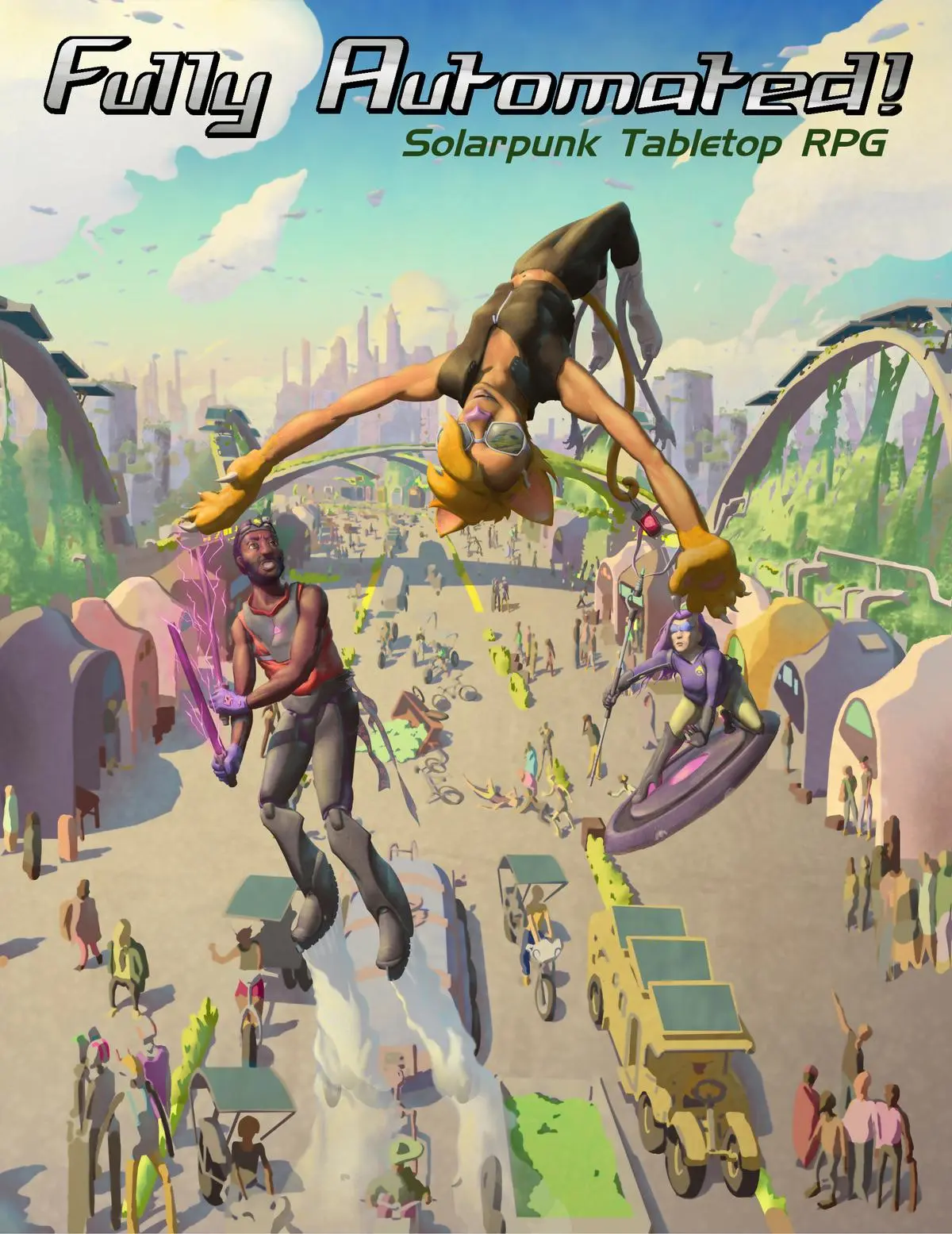We're editing down the manual, and I'm sharing some backstory to the world that didn't make the cut in the manual. This is the kind of silly microfiction that players are encouraged to write and share. This particular piece I wrote because I was trying to imagine where gorillas would live in the US, and why, and how.
In writing the backstory for Ewan Reinhart, I decided that the Gulf Coast was probably the most ecologically sensible place to try to establish a population of gorillas, and then started imaging the circumstances under which the US would do so. Surprise: it's the military industrial complex working hand-in-hand with border control!
The Establishment of the Gulf Coast Gorilla Population
Starting in the 2030s, Northwestern State University in Louisiana began trying to create a stable population of gorillas within one of Louisiana’s wildlife preserves. Among the project goals were tests of whether uplifting would improve the ability of the gorillas to thrive and assist humans in optimizing their survival. Several years after transplanting heirloom gorillas from US zoos and administering enhancement programs, the US Department of Defense began piloting Project Primal Warrior: a project to test the feasibility and performance of gorilla shock troops. In 2042 the DOD invested heavily in the Louisiana Gorilla Sanctuary project with the goal of creating 1,000 gorilla infantry soldiers by 2050 and the goal to produce 10,000 u-gorilla soldiers by 2060. They continued to generously fund the Louisiana Gorilla project in order to support the project goal of producing a target population of 40,000 gorillas in the US by 2060 in order to support Project Primal Warrior.
Herman Ducharme was among the early cohorts to undergo Army training. In 2042, at the age of ten he began keeping a journal at the request of his handler. Concurrently, he began keeping a private diary in addition to one his handlers reviewed. It documents Herman’s exploration into unscreened literature at the fort library and conversations among the other gorillas about their situation. Ducharme’s secret diary would go on to establish a historical record of an emerging political consciousness among the early gulf coast gorilla troops.
In 2048, the military began deploying army-trained gorillas along with Customs and Border Patrol agents. In 2049, the Bureau of Land Management began establishing gorilla habitats for mixed populations of maximally and minimally enhanced gorillas along most of the eastern third of the US-Mexico border. Though the pretext was for gorilla conservation, contemporary news coverage recognized the motivation to try and surveil and control the border.
By 2052 the Department of Homeland Security began the top secret project Simian Sentry. Under the program, DHS began incentivizing, manipulating, and pressuring the population of 8,000 gorillas living directly along the border to discourage crossing attempts through violence against humans who passed through their territory. Around the same time, residents of the southern Gorilla sanctuary became acquainted with members of the nascent parahuman rights movement through their contact with Veronica Sandoval’s production team, who were working on “Voices of the Unheard”.
In 2056, the brutal murder of a family camping in Louisiana brought national attention to the danger the gorillas living along the gulf coast posed. In the midst of the furor, a young gorilla investigator named Whisper Dubois and a human partner broke the story on the clandestine militarization of the southern Gorilla sanctuary by the DOD and CBP under Simian Sentry. The program was canceled following heated congressional hearings that took place amid a fierce public debate over the public perception of Gorillas. The DOD began phasing out Project Primal Warrior soon after. Attempts to evict 6,000 u-gorilla infantrymen from the barracks in which they’d lived since they were children led to riots among both gorillas and humans. The military eventually completed the move-out by offering a generous severance package and investments in gorilla infrastructure. Because of the gulf of trust between the Gulf Coast Gorillas and the US government, these monies were directed – on the gorillas’ insistence – to the Circle of Nations for management and disbursement. By 2060, the weakened US government had lost interest in managing the complicated situation they’d created along the gulf coast. To the gorillas’ delight, the federal government eagerly left matters to the states and the Circle of Nations as much as possible going forward.
